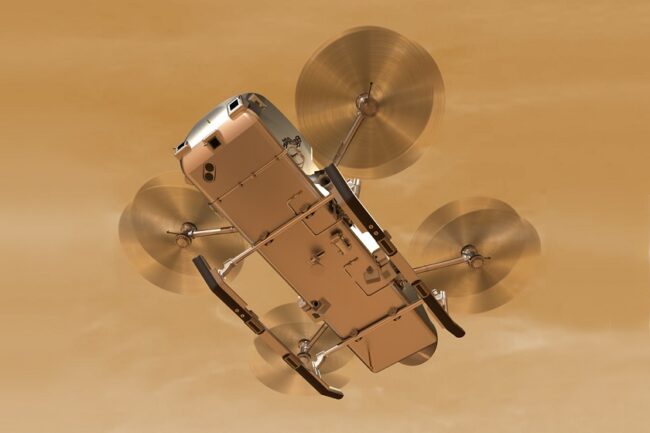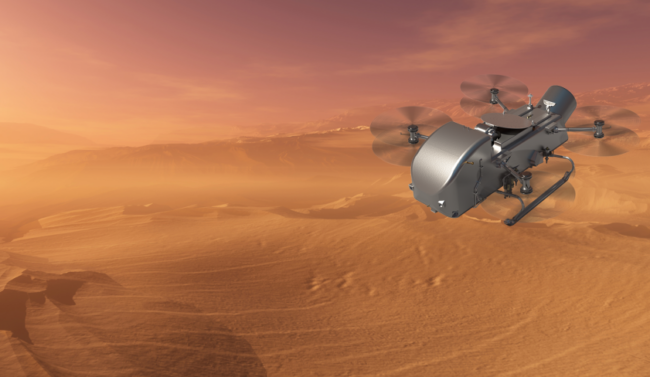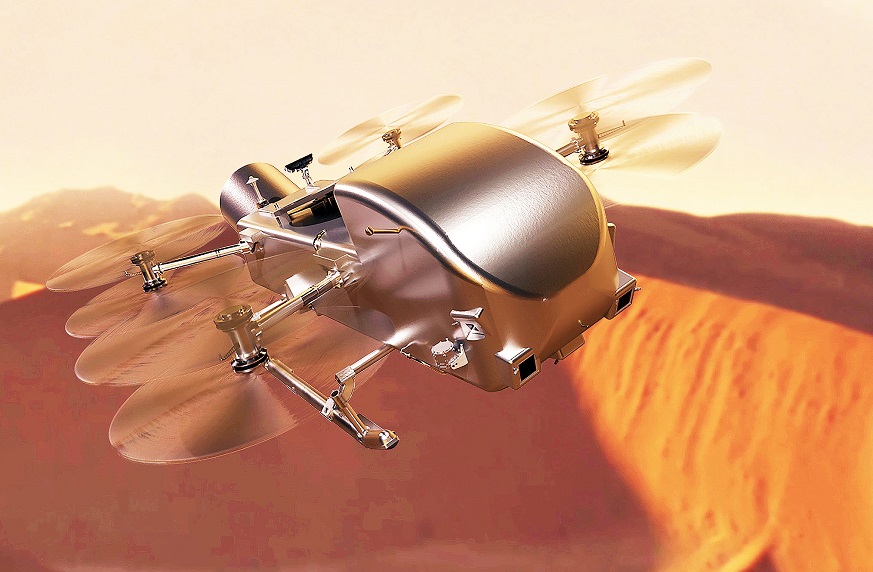NASA's pioneering Dragonfly mission has cleared a key hurdle, keeping it on track for a 2028 launch to Saturn's huge moon Titan. Dragonfly, a car-
NASA’s pioneering Dragonfly mission has cleared a key hurdle, keeping it on track for a 2028 launch to Saturn’s huge moon Titan.
Dragonfly, a car-sized, nuclear-powered rotorcraft designed to investigate Titan‘s potential to host life, passed its Critical Design Review, NASA announced on Thursday (April 24).”Passing this mission milestone means that Dragonfly’s mission design, fabrication, integration and test plans are all approved, and the mission can now turn its attention to the construction of the spacecraft itself,” a NASA statement reads, reported Space.com.

The $3.35 billion Dragonfly mission was first selected by NASA in 2019 and is being designed and built under the direction of the Johns Hopkins Applied Physics Laboratory (APL) in Maryland, with APL’s Elizabeth Turtle as the principal investigator.
The mission has been hit by delays and cost overruns, but studying Titan is considered a high priority by scientists for its potential to harbor alien life, reported Space.com.

The mission is set to launch no earlier than July 2028 on a SpaceX Falcon Heavy rocket from NASA’s Kennedy Space Center in Florida. The spacecraft will then embark on an almost seven-year-long voyage through deep space to the Saturn system, with the goal of spending more than three years studying areas across Titan’s frigid and diverse surface.

Equipped with cameras, sensors and samplers, Dragonfly will assess Titan’s habitability, looking out for prebiotic chemistry as well as potential signs of life, reported Space.com.
Titan is Saturn’s largest moon, and the second largest in the solar system behind Ganymede of Jupiter. Its thick, hazy atmosphere shrouds a surface featuring dunes of hydrocarbons and methane lakes. Beneath the moon’s icy crust, scientists think there’s a subsurface ocean of salty water, adding to the possibilities for Titan to harbor life.

In 2005, NASA’s Cassini mission delivered the Huygens probe to Titan. The European Space Agency-built Huygens made a parachute-assisted landing, which provided profound insights into the giant moon. Dragonfly, if successful, could revolutionize our understanding of how life might arise elsewhere in the solar system, as reported by Space.com.
All Credit To: Space.com



COMMENTS